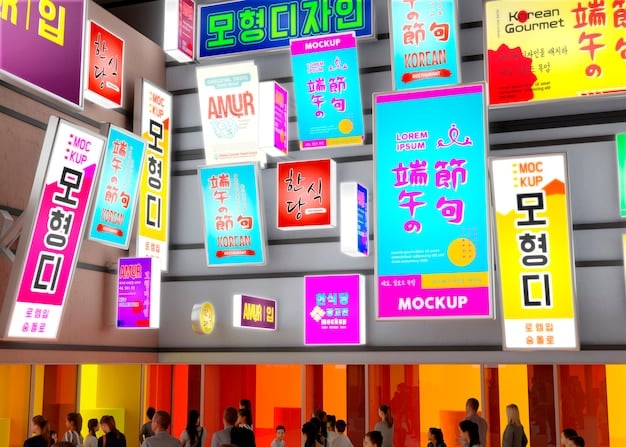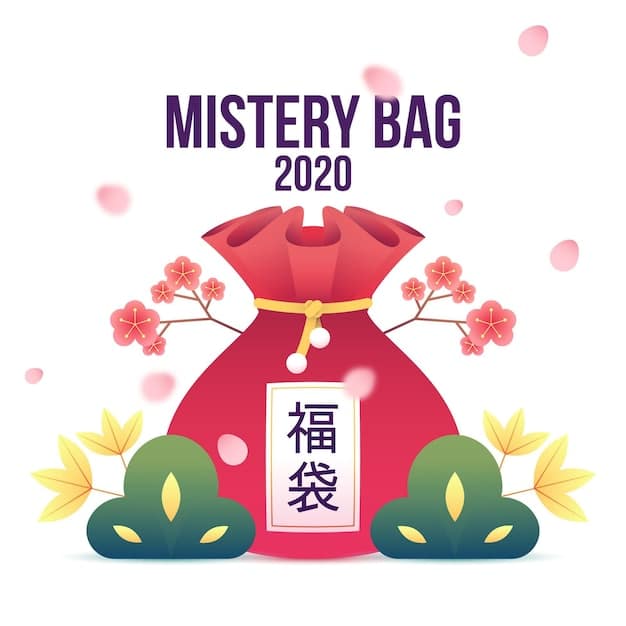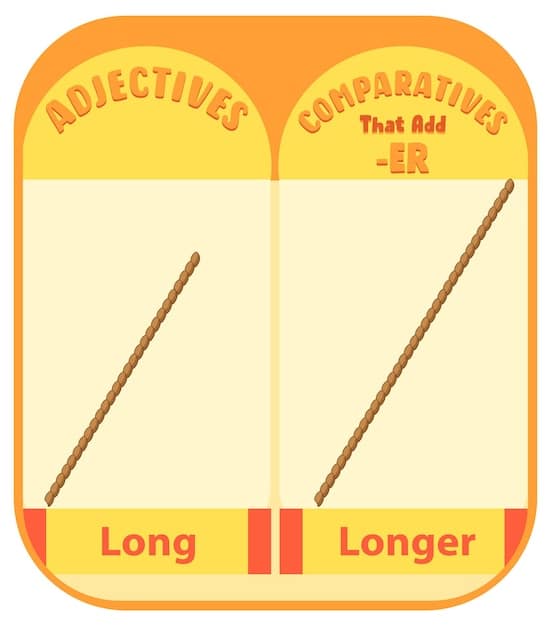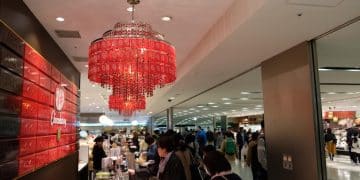Japanese Dept Stores: US Shopper’s Guide to 70% Off Sales

Navigating Japanese department store sales offers US shoppers a unique opportunity to access significant discounts, often reaching up to 70% off regular prices, on a wide array of high-quality goods, from fashion to homewares.
Japanese department stores, or “depato,” are renowned for their impeccable service, vast selection, and, most importantly, their incredible sales. For US shoppers, navigating Japanese department store sales: how US shoppers can snag discounts up to 70% can be a rewarding experience, offering access to high-quality goods at significantly reduced prices. Learn how to make the most of these opportunities.
Understanding Japanese Department Store Sales Culture
Japanese department stores aren’t just places to shop; they’re cultural institutions. Understanding the sales culture is key to navigating Japanese department store sales: how US shoppers can snag discounts up to 70% effectively.
These sales events are meticulously planned and executed, often coinciding with seasonal changes and national holidays. This creates a sense of excitement and anticipation among shoppers.
Seasonal Sales Events
Japanese department stores typically hold major sales events during specific times of the year. Knowing these periods will dramatically improve your success in navigating Japanese department store sales: how US shoppers can snag discounts up to 70%.
- New Year’s Sales (Shogatsu): Held in early January, these sales feature “fukubukuro” or lucky bags filled with mystery items at substantial discounts.
- Summer Sales (Ochugen): Starting in late June or early July, these sales offer discounts on summer clothing, accessories, and seasonal gifts.
- Winter Sales (Oseibo): Beginning in late November or early December, these sales focus on winter apparel, holiday gifts, and home goods.
These structured sales periods allow you to anticipate and plan your shopping trips, maximizing your chances of finding great deals. Remember to adapt your strategy to each unique sale.
The Significance of “Fukubukuro”
“Fukubukuro” (lucky bags) are a unique aspect of Japanese New Year’s sales. These bags contain a variety of mystery items sold at a fraction of their total value. They are an essential part of navigating Japanese department store sales: how US shoppers can snag discounts up to 70% during this period.
While the contents are a surprise, the value of the items inside typically exceeds the bag’s purchase price. This creates an element of excitement and anticipation for shoppers.

Understanding this cultural tradition can add an exciting dimension to your shopping experience, potentially leading to incredible discoveries and savings.
Decoding Discount Tiers and Tactics
Japanese department stores employ various strategies to attract customers and generate sales. Understanding these tactics and discount tiers is vital to navigating Japanese department store sales: how US shoppers can snag discounts up to 70%.
From early-bird specials to clearance events, knowing the different types of discounts available can help you make informed purchasing decisions.
Understanding Markdown Strategies
Most Japanese department stores use a stepped markdown system. Knowing this will play a key role in navigating Japanese department store sales: how US shoppers can snag discounts up to 70%. Items are initially marked down by a modest percentage, followed by deeper discounts as the sale progresses.
- Initial Markdown: Typically 20-30% off the original price at the start of the sale.
- Mid-Sale Markdown: Discounts increase to 30-50% off as the sale approaches its midpoint.
- Final Clearance: Items are marked down by 50-70% or more during the final days of the sale.
Patience and timing are essential for securing the best deals. Keep an eye on the items you want and be prepared to purchase them when the price is right.
Loyalty Programs and Exclusive Offers
Many Japanese department stores offer loyalty programs that provide exclusive benefits to members. These programs often include early access to sales, special discounts, and personalized offers, making them valuable for dedicated shoppers. This is important for navigating Japanese department store sales: how US shoppers can snag discounts up to 70%.
Signing up for a loyalty program can provide a competitive edge, allowing you to access deals before they are available to the general public. This gives you a greater chance of finding popular items and sizes before they sell out.
Understanding the intricacies of discount tiers and markdown strategies is key to maximizing your savings during Japanese department store sales. By staying informed and strategic, you can score incredible deals on high-quality goods.
Essential Japanese Phrases for Savvy Shopping
While many department store staff in major cities speak some English, knowing a few basic Japanese phrases can enhance your shopping experience and help you navigating Japanese department store sales: how US shoppers can snag discounts up to 70% more smoothly.
These phrases can be useful for asking questions about products, requesting assistance, and negotiating prices (where applicable).
Key Phrases to Master
Learning these phrases can increase your success in navigating Japanese department store sales: how US shoppers can snag discounts up to 70% and make communication easier.
- “Ikura desu ka?” (いくらですか): “How much is it?”
- “Kore wa arimasu ka?” (これはありますか): “Do you have this?”
- “Sumimasen” (すみません): “Excuse me” (used to get attention or apologize).
- “Arigato gozaimasu” (ありがとうございます): “Thank you.”
Practicing these phrases beforehand can boost your confidence and make your shopping experience more enjoyable.
Navigating Sizes and Measurements
Understanding Japanese sizing conventions is crucial, especially for clothing and shoes. Familiarize yourself with size charts and measurement conversions to avoid purchasing items that don’t fit properly for navigating Japanese department store sales: how US shoppers can snag discounts up to 70%.
Many department stores provide size charts in multiple languages, but it’s always a good idea to double-check measurements to ensure a perfect fit.

Equipping yourself with essential Japanese phrases and a basic understanding of sizing conventions can significantly improve your shopping experience and help you find exactly what you’re looking for.
Maximizing Savings: Beyond the Price Tag
While price markdowns are the primary draw of department store sales, there are other ways to maximize your savings. Being aware of these tips will help in navigating Japanese department store sales: how US shoppers can snag discounts up to 70%.
These strategies include utilizing tax-free shopping for tourists, taking advantage of currency exchange rates, and consolidating purchases to minimize shipping costs.
Tax-Free Shopping for Tourists
Japan offers a tax-free shopping program for tourists, allowing you to reclaim the consumption tax (typically 10%) on eligible purchases. This can be an ideal option for navigating Japanese department store sales: how US shoppers can snag discounts up to 70%.
- Eligibility: You must be a non-resident visitor staying in Japan for less than six months.
- Minimum Purchase: There is usually a minimum purchase requirement (often around 5,000 yen) per store per day.
- Procedure: Present your passport at the tax-free counter within the department store to receive a refund.
Remember to bring your passport with you when shopping and check the store’s tax-free shopping policies before making your purchases.
Optimizing Currency Exchange Rates
Paying attention to currency exchange rates can also help you save money. This consideration is key when navigating Japanese department store sales: how US shoppers can snag discounts up to 70%.
Compare exchange rates offered by different banks and credit card companies to find the most favorable rate before making your purchases. Consider using a credit card with no foreign transaction fees to avoid additional charges.
By leveraging tax-free shopping and optimizing currency exchange rates, you can further reduce the cost of your purchases and maximize your savings during Japanese department store sales.
Navigating Etiquette and Expectations
Japanese department stores are known for their high standards of customer service and etiquette. Understanding and respecting these cultural norms is important for successfully navigating Japanese department store sales: how US shoppers can snag discounts up to 70%.
These practices include avoiding eating or drinking while shopping, refraining from loud conversations, and being mindful of personal space.
Respecting Customer Service Norms
Japanese customer service is renowned for its politeness and attentiveness. Being aware of this culture is key for navigating Japanese department store sales: how US shoppers can snag discounts up to 70%.
Be patient and courteous when interacting with staff members, and avoid making excessive demands or complaints. Showing respect for their culture and work ethic will be greatly appreciated.
Maintain a respectful demeanor, avoid eating or drinking while browsing, and be mindful of personal space to show consideration for other shoppers and staff members.
Handling Purchases and Payments
Japanese department stores have specific procedures for handling purchases and payments and thus will affect navigating Japanese department store sales: how US shoppers can snag discounts up to 70%. Be prepared to pay in cash or with a credit card, and be aware of any transaction fees that may apply.
When paying with cash, it’s customary to place the money in a small tray provided by the cashier. Avoid handing the money directly to the cashier.
Understanding and respecting Japanese etiquette and expectations will not only enhance your shopping experience but also contribute to a positive and respectful cultural exchange.
Planning Your Shopping Spree: A Strategic Approach
Effective planning is essential for making the most of your shopping experience. A plan will significantly improve navigating Japanese department store sales: how US shoppers can snag discounts up to 70%.
This includes researching store locations and hours, creating a shopping list, and setting a budget.
Researching Store Locations and Hours
Before embarking on your shopping spree, research the locations and hours of the department stores you plan to visit to fully master navigating Japanese department store sales: how US shoppers can snag discounts up to 70%.
Most major department stores have websites with detailed information on store locations, opening hours, and upcoming sales events. Check these resources before your trip to avoid any surprises.
- Store Websites: Visit the official websites of department stores like Mitsukoshi, Isetan, and Takashimaya.
- Travel Guides: Consult travel guides and online resources for information on popular shopping areas and department store locations.
- Google Maps: Use Google Maps to locate department stores near your hotel or other points of interest.
This preparation will allow you to make the most of your time and focus on finding the best deals.
Creating a Shopping List and Budget
Creating a shopping list and setting a budget will help you stay focused and avoid overspending. Remember this when navigating Japanese department store sales: how US shoppers can snag discounts up to 70%.
Prioritize the items you need or want the most, and set a realistic budget based on your financial situation. Stick to your list and budget as closely as possible to avoid impulse purchases.
By planning your shopping spree in advance, you can maximize your efficiency and minimize the risk of overspending, ensuring a successful and enjoyable shopping experience.
| Key Point | Brief Description |
|---|---|
| 🛍️ Seasonal Sales | Plan shopping around New Year’s, Summer, and Winter sales for max discounts. |
| 🇯🇵 Essential Phrases | Learn basic phrases for asking about prices and sizes. |
| 💸 Tax-Free Shopping | Utilize tax-free options for tourists (check min purchase). |
| 💳 Loyalty Programs | Sign up for loyalty programs for early access and discounts. |
FAQ
▼
The prime times are during seasonal sales like New Year’s (Shogatsu), Summer (Ochugen), and Winter (Oseibo) sales. These periods offer significant discounts across various product categories.
▼
“Fukubukuro” are lucky bags sold during New Year’s sales. They contain mystery items at a fraction of their value, offering a fun and potentially lucrative shopping experience.
▼
Yes, tourists can often utilize tax-free shopping. Present your passport at the tax-free counter with purchases exceeding a certain amount to receive a consumption tax refund.
▼
Key phrases include “Ikura desu ka?” (How much is it?), “Kore wa arimasu ka?” (Do you have this?), and “Sumimasen” (Excuse me) for a smoother shopping experience.
▼
Check the department stores’ official websites and social media channels for updates on sales, promotions, and exclusive offers. Also, consider signing up for their loyalty programs.
Conclusion
By understanding Japanese department store sales culture, mastering key phrases, and planning your shopping strategy, US shoppers can successfully navigating Japanese department store sales: how US shoppers can snag discounts up to 70%. Get ready to enjoy a rewarding and culturally enriching shopping experience in Japan!





